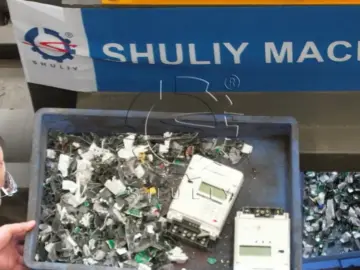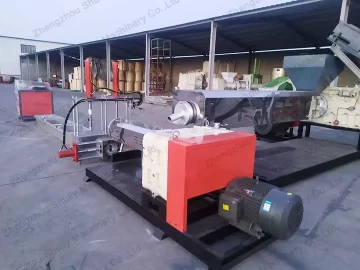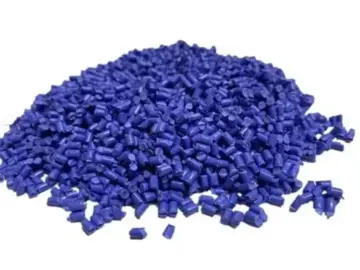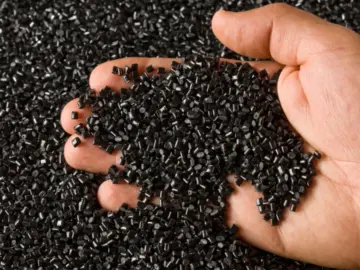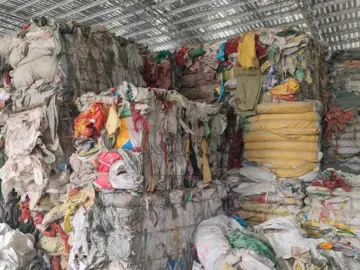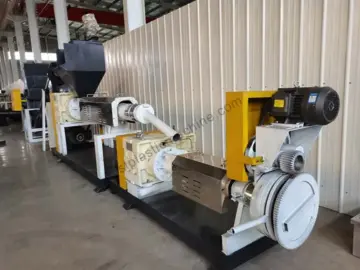While many plastics can be recycled, the process of PP PE film recycling presents a unique set of challenges. Standard machines often struggle with this material, making the question of how to granulate plastic film effectively a critical one for many operators. Success isn’t just about melting and cutting; it’s about choosing a PE film pelletizing machine engineered with specific solutions for three key problems.
This guide will break down these challenges and explain the purpose-built technologies that transform a difficult process into a highly profitable one.

Challenge #1: Ensuring Consistent Feed for Your PE Film Pelletizing Machine
The first hurdle in plastic film granulation is the material’s physical nature. Washed film scrap is light, fluffy, and has a very low bulk density. In a standard hopper, it bridges and feeds inconsistently, causing motor load fluctuations and uneven output.
- The Solution: The Compactor Feeder A specialized feeding system, often called a compactor feeder granulator, is the answer. This unit grabs, cuts, and compresses the film into a denser, semi-molten state before it enters the screw. This pre-densification ensures a stable, consistent feed, which is the foundation of an efficient PE film pelletizing machine.
Challenge #2: Degassing for High-Purity Recycled PE Pellets
Much of the available post-consumer film waste, from printed packaging to agricultural film, contains inks and residual moisture. When heated, these turn into gas, which can get trapped in the pellets, making them porous and low-quality.
- The Solution: A Two-Stage Degassing System A degassing extruder for film is essential for this. The superior technology is a two-stage granulator for film, where the first “Mother” extruder uses a powerful vacuum to aggressively remove these volatiles. The purified melt is then fed into a second “Son” extruder for filtration and pelletizing, ensuring the final recycled PE pellets are solid and dense.
Challenge #3: Maximizing Uptime with a Hydraulic Screen Changer
Film scrap often contains contaminants like paper labels or dirt, which can quickly clog the filter screen and force costly production shutdowns. This downtime is a major obstacle to plastic film recycling profitability.
- The Solution: The Non-Stop Screen Changer A hydraulic screen changer for film recycling is the most effective solution. This automated system allows the operator to swap a clogged filter for a clean one in seconds, without ever stopping the production line. By eliminating downtime, you can run continuously, maximizing your revenue.
From Components to a Complete Plastic Film Recycling Line
These three technologies—the compactor feeder, the two-stage degassing extruder, and the non-stop screen changer—are the core components of a successful plastic film recycling line. When integrated, they create a seamless and highly efficient system for turning problematic film waste into a valuable commodity.
Specifications for Your PE Film Pelletizing Machine
This advanced technology is scalable to your specific production needs. The choice of model depends on your target output, which is directly related to the machine’s screw diameter and motor power. The table below details our full range of machines, all of which can be configured for optimal film recycling.
Ultimately, a successful film recycling operation requires more than just a standard machine; it needs a purpose-built solution. To learn more about which model is right for you, explore our full range of plastic granulators.

